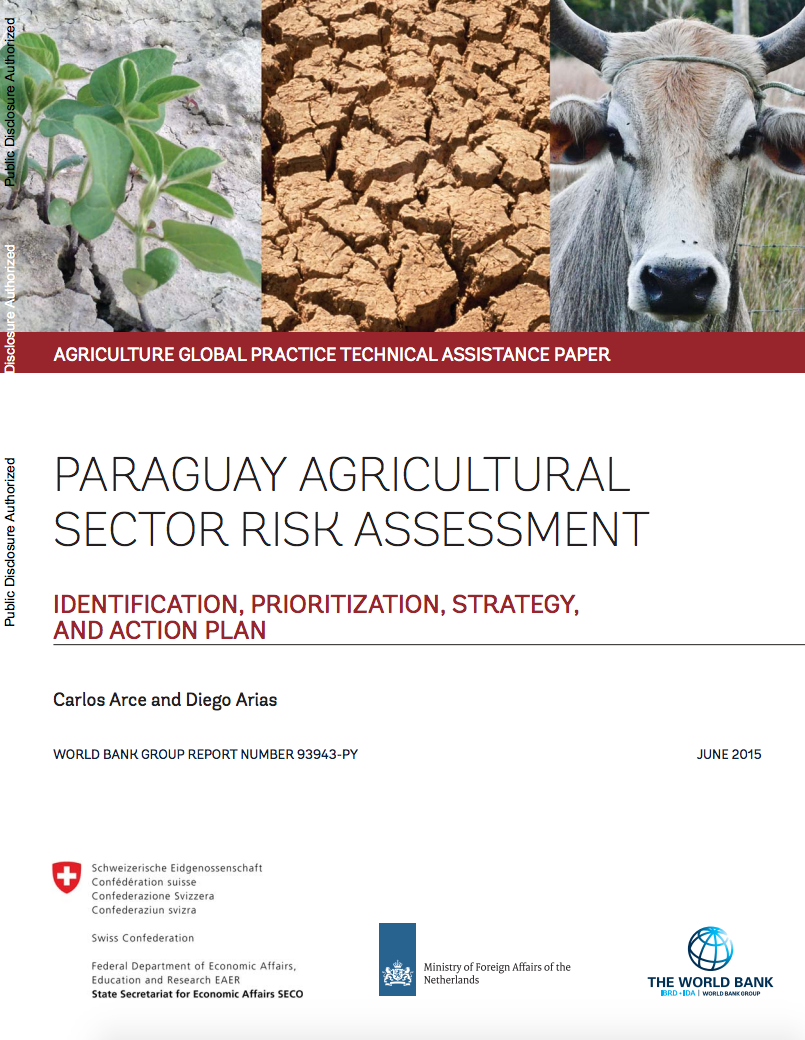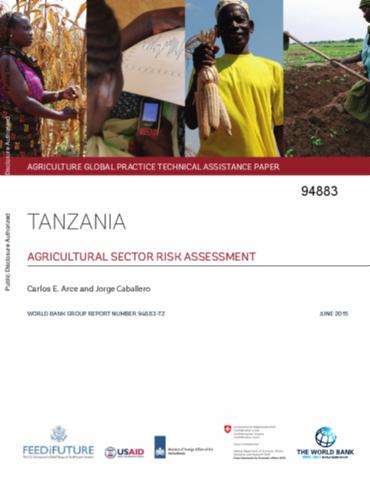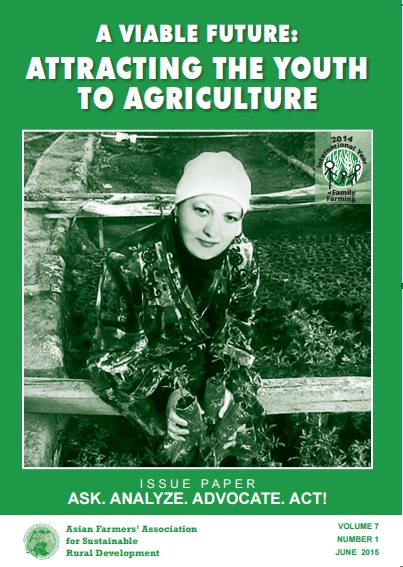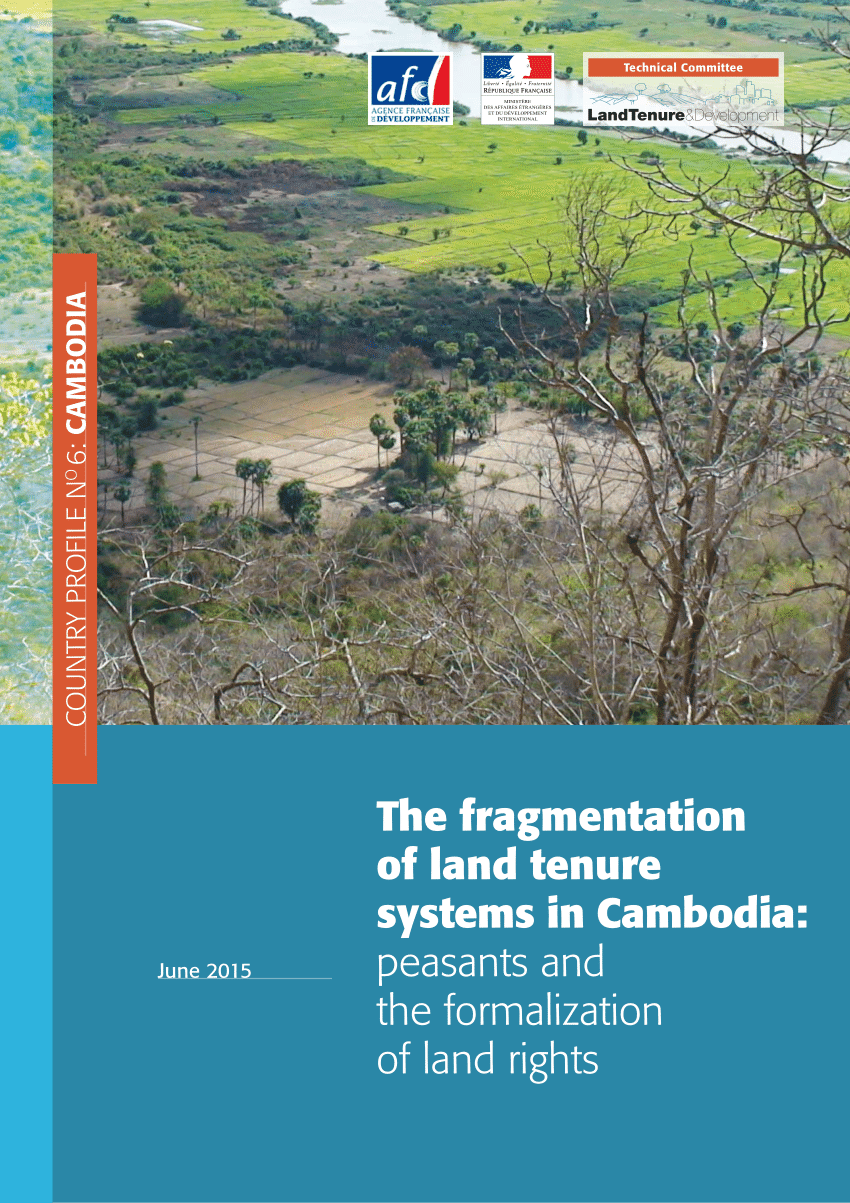Paraguay Agricultural Sector Risk Assessment
This report is the result of a World
Bank mission that visited Paraguay in June 2013 at the
request of the Government of Paraguay. The mission’s
objective was to identify, quantify, and prioritize
agriculture risks that determine the volatility of
agriculture gross domestic product (GDP), based on a
methodology to assess sector risks developed by the World
Bank. The methodology stipulates a two-phase process. The








